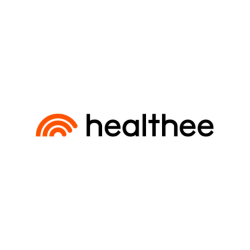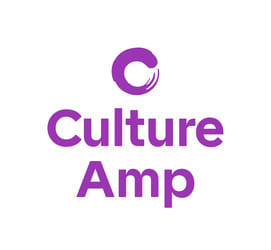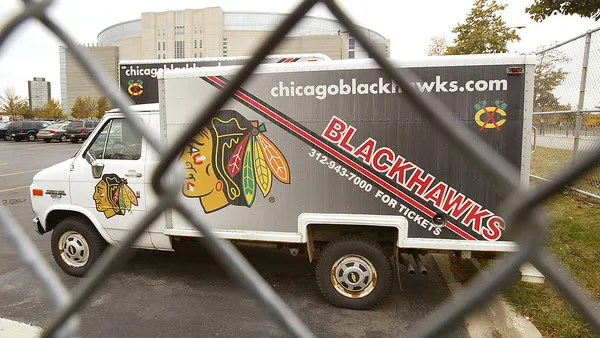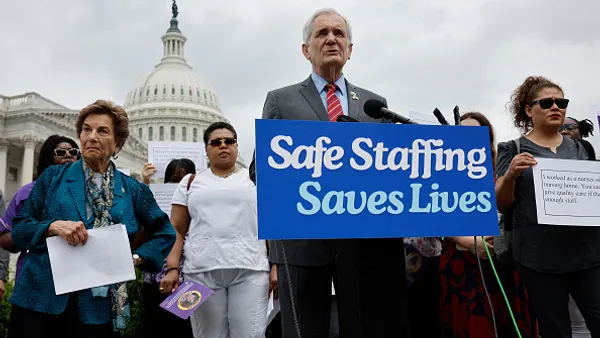From companies, activists and everyday women alike, posts celebrating International Women's Day flooded feeds and timelines on March 8. If online retailers touting deals felt cringey or social media coordinators sharing their favorite female celebrities felt shallow, the tweets of Gender Pay Gap Bot arrived to spice things up.
The premise is simple. "Employers, if you tweet about International Women's Day, I'll retweet your gender pay gap," the Twitter bio reads. True to its word, this U.K.-based bot quote-tweeted spirited IWD posts spotlighting an inconvenient truth: Companies that speak up for feminism are often underpaying their women, too.
Sometimes, the pay gap is a humble 3% to 6%. Often, the gender pay gap hovers right around 30%. And in a few rare instances, the bot finds companies where there is no gender gap — or the gender gap is reversed. Even though IWD has passed, this slate-colored automaton still peers at Twitter users, wearing a suffragette-era hat with flowers and a sash atop its head. Emblazoned with a banner that reads "Deeds Not Words," it watches balefully as it continues to put organizations on blast.
So, how is this Twitter bot able to calmly and coolly drag health foundations, housing advocacy organizations, police departments, city councils and charities?
For starters, it only features U.K.-based companies. Since 2017, U.K. employers with staff of 250 or more people must report their gender pay gap to the government.
Most public employers use a snapshot date of March 31, and must report and publish their gap by March 30 of the following year. Everyone else, including private and voluntary organizations, must take a workforce snapshot on April 5, to be reported and published by April 4 the next year. (The Equality and Human Rights Commission, or EHRC, skewed these timelines to October due to the impact of coronavirus.) The government also requires employers to submit a written statement certifying that the information is accurate. Most public authority employers are exempt from the statement, unless they're among those on the list in schedule 19 of the Equality Act 2010. Employers that are on the list include: ministers of the crown and related departments, the armed forces, BBC in certain respects, the EHRC, the main criminal justice bodies under the Queen, a National Health Service board and London police departments, to name a few.
That is to say, all of these groups have no legal obligation to write a statement parsing out their gender pay gap numbers. The government encourages HR teams to add a "supporting narrative" and action plans. The guidance also asks employers to include explanations for gender pay gap figures, context for gap and workforce statistics, and efforts the employer has taken to understand and address the gender pay gap.
In this organisation, women's median hourly pay is 30.5% lower than men's. https://t.co/VA8VA7U5Lr
— Gender Pay Gap Bot (@PayGapApp) March 9, 2022
By tweeting out these disparities, juxtaposed against golf claps for feminism, the bot poses the question, "What good is disclosure doing if the gender gap for many organizations remains so steep?"
Diversity, equity and inclusion experts in the U.S. continually tell HR Dive that accountability is crucial for moving the needle. The U.K. in particular lags behind its peers, according to a 2021 review by King's College London Global Institute for Women's Leadership. Graded on criteria assessing transparency, ambition and enforcement, the U.K. came in last behind Australia, Sweden, South Africa, France and Spain.
Data suggests that disclosure laws are a foundation, not the be-all, end-all, for making progress on DEI goals. Before the aforementioned second-wave feminist bot hopped on Twitter this year – gaining over 230,000 followers in the month since it has been functional – the U.K. government also played the shame game. Employers that failed to report on time or do so accurately have to answer to the EHRC, its court orders and its fines.
But "in many cases, the suspicions behind why an employer failed to publish their gender pay gap could have a negative impact and be far worse than what would have been shown by the report," the pay gap guidance said, adding that it grants publicly visible "late badges" to noncompliant employers.
While compliance and legal obligation are one beast, public ridicule, particularly on social media, is an entirely different animal.















